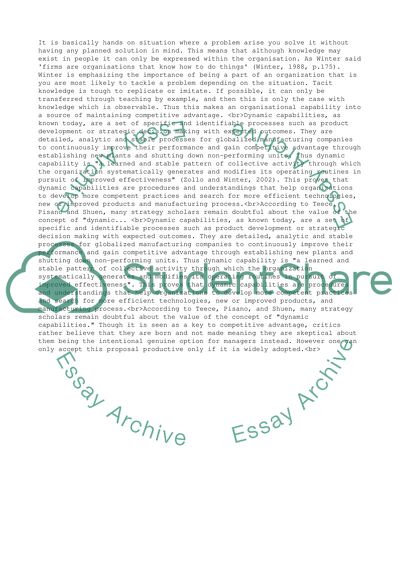Cite this document
(“What are dynamic capabilities and how do they differ from static Essay”, n.d.)
What are dynamic capabilities and how do they differ from static Essay. Retrieved from https://studentshare.org/management/1526981-what-are-dynamic-capabilities-and-how-do-they-differ-from-static-capabilities
What are dynamic capabilities and how do they differ from static Essay. Retrieved from https://studentshare.org/management/1526981-what-are-dynamic-capabilities-and-how-do-they-differ-from-static-capabilities
(What Are Dynamic Capabilities and How Do They Differ from Static Essay)
What Are Dynamic Capabilities and How Do They Differ from Static Essay. https://studentshare.org/management/1526981-what-are-dynamic-capabilities-and-how-do-they-differ-from-static-capabilities.
What Are Dynamic Capabilities and How Do They Differ from Static Essay. https://studentshare.org/management/1526981-what-are-dynamic-capabilities-and-how-do-they-differ-from-static-capabilities.
“What Are Dynamic Capabilities and How Do They Differ from Static Essay”, n.d. https://studentshare.org/management/1526981-what-are-dynamic-capabilities-and-how-do-they-differ-from-static-capabilities.


